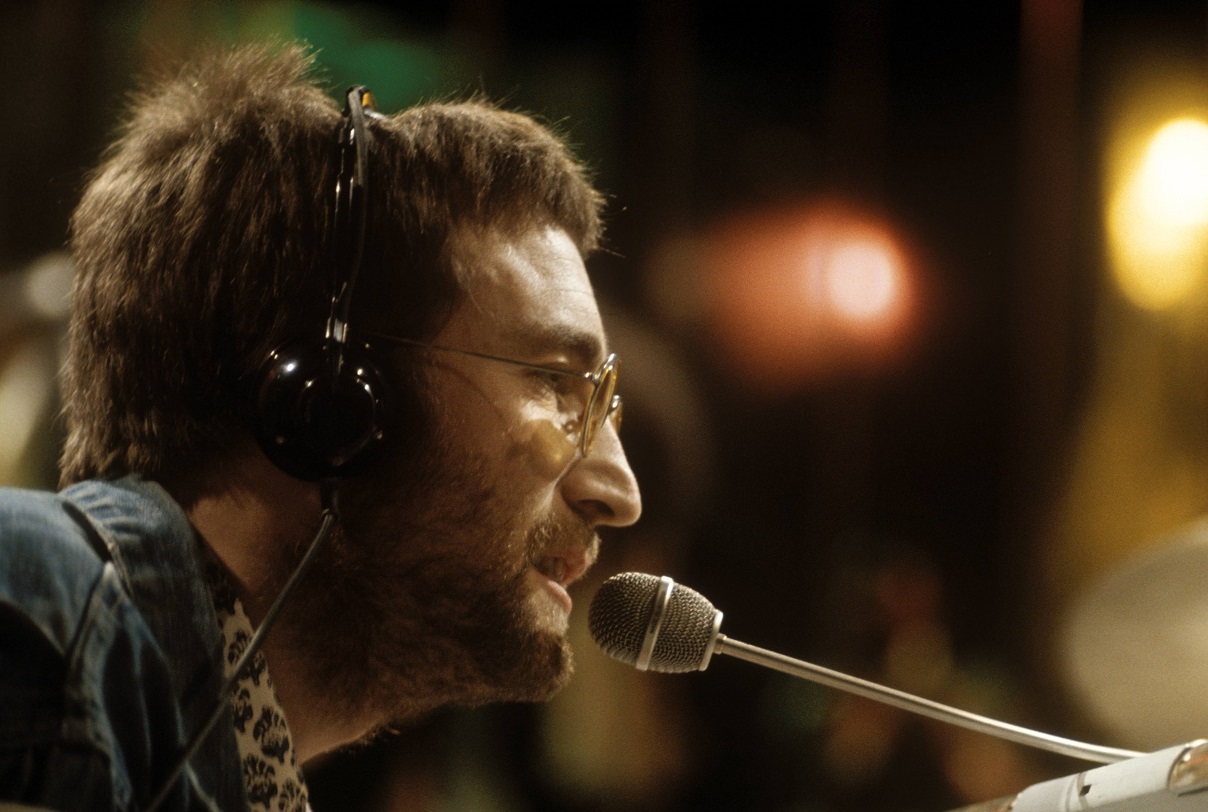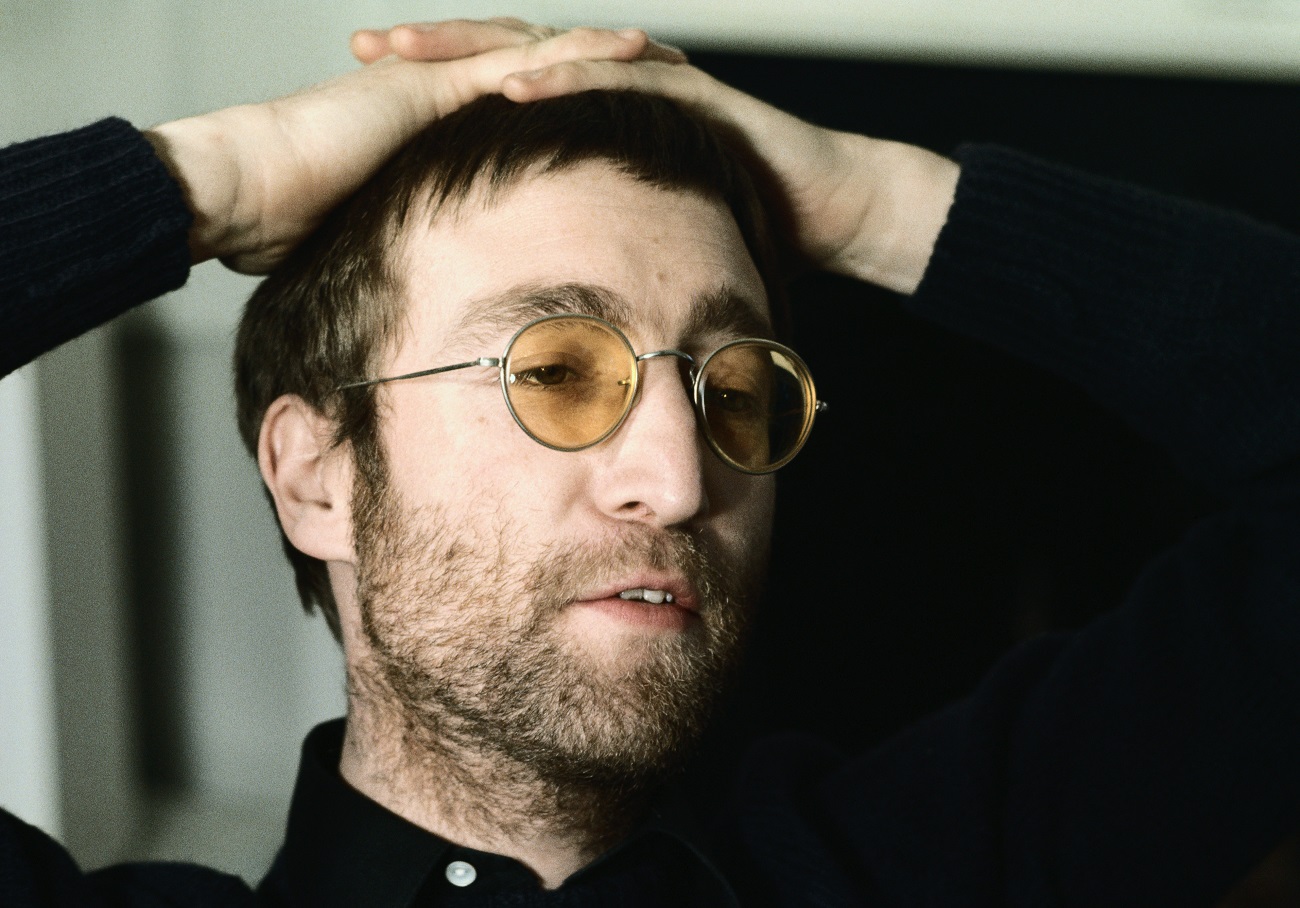Why John Lennon Made an Oldies Album With Phil Spector After ‘Mind Games’
Before The Beatles announced their breakup, the band needed to piece together the Let It Be (1970) album. Following the contentious ’69 sessions seen in the film documentary of the same name, the Fab Four didn’t devote much time or energy to producing a finished record.
“None of us could be bothered,” John Lennon said of the Let It Be tapes in Lennon Remembers. “It was 29 hours of tape, it was like a movie. […] Nobody could face looking at it.” But the band had a film deal, so it made every bit of sense to release music recorded on camera.
With Paul McCartney mostly out of the picture by early ’70, the other Beatles turned to Phil Spector, who finished the album (for better or worse) in April. That followed Spector working with Lennon and George Harrison at the “Instant Karma” sessions. Their relationship began on a positive note.
When Lennon and Harrison made their debut solo albums, both got Spector to co-produce. Lennon also had Spector work on Imagine (1971) and Some Time in New York City (1972). Next came Mind Games (1973), which Lennon produced alone. However, he brought Spector back for his ill-fated oldies album.
John Lennon said he was done being ‘a manic political lunatic’ after ‘Mind Games’

Following his critically acclaimed debut and Imagine, Lennon got more political on Some Time in New York City. That record, which included some live performances, didn’t enjoy the sort of commercial success that Imagine and “Instant Karma” had.
That didn’t exactly discourage Lennon on Mind Games, his first solo record without Yoko Ono or Spector co-producing. On the album, Lennon mixed in love songs with political statements, but it was far subtler than Some Time in New York City’s “Woman Is the N*gger of the World.”
In a 1975 interview with Spin magazine, Lennon explained his state of mind in late ’73. “I just came off Mind Games, which to me was like an interim record between being a manic political lunatic to back to being a musician again,” Lennon said.
“Mind Games is like the cross between them. I was really playing mind games. Mind games is what it was.” For his following record, he thought it was time to do something simpler. So he reached out to Spector once again.
Lennon thought he’d turn back to Phil Spector to just ‘have some fun’ on ‘Rock ‘n’ Roll’

Since Lennon wanted to do the opposite of “manic political,” he went back to his roots on the album that became Rock ‘n’ Roll (1975). Scan the tracklist and you’ll find “Peggy Sue,” “Sweet Little Sixteen,” “Be-Bop-a-Lula,” and “Stand By Me.” There was nothing heady about the material.
“I had enough of this trying to be deep and think,” Lennon told Spin. “‘Why can’t I have some fun?’ And my idea of fun with music was to sing. And whenever I sang in a studio, when I wasn’t singing my own deep and personal songs — it was singing rock ’n’ roll.”
Lennon thought bringing Spector back in would mean he could just sing and not worry about the control booth. But it didn’t work out that way. “We both ended up drinking,” Lennon recalled in All We Are Saying. “It just became a big madhouse.”
During these legendary sessions, Spector fired off a gun inside a studio, ruined a console with spilled drinks, and eventually disappeared with the recordings. Needless to say, it was anything but simple. “It cost a fortune in time and energy and it was the most expensive album I ever made,” Lennon recalled. “It was the worst time in my life, that record!”


